They’re often called “super spices” and are used to not only improve the flavor of food but also can substitute for sodium and other harmful additives. These super spices have also been connected in many studies to help reduce the risk of many forms of cancer, Alzheimer’s disease, arthritis, Parkinson’s and many other ailments. They’re not cure-alls by any stretch of the imagination but they are aptly nicknamed “healing spices” for good reason. These healing spices for a healthier life should be part of a wholesome diet.
Gourmet and home chefs often use these spices in the preparation of foods they prepare. They’re also used to flavor foods after they’ve been prepared – cinnamon sprinkled on anything is delicious. Mixologists have created drinks from turmeric and other spices and there is a buzz on the Internet regarding Golden Milk, a spice drink used for centuries in Ayurvedic (Indian) medicine.
There are many spices that fall into the category of healing spices, each with their own unique properties and effects on the body. Here are twelve commonly used spices that can help you in the kitchen to prepare some truly delicious dishes and help you maintain a healthy and healing diet.
Cinnamon

From a flavor standpoint, the more cinnamon the better. From a health benefit standpoint, studies have shown that cinnamon is one of the more powerful healing spices you can add to your diet. It boosts the natural hormone production of insulin to help control blood sugar levels, has antioxidant properties called polyphenols which helps against diseases such as cancer, Alzheimers and Parkinson’s.
Turmeric
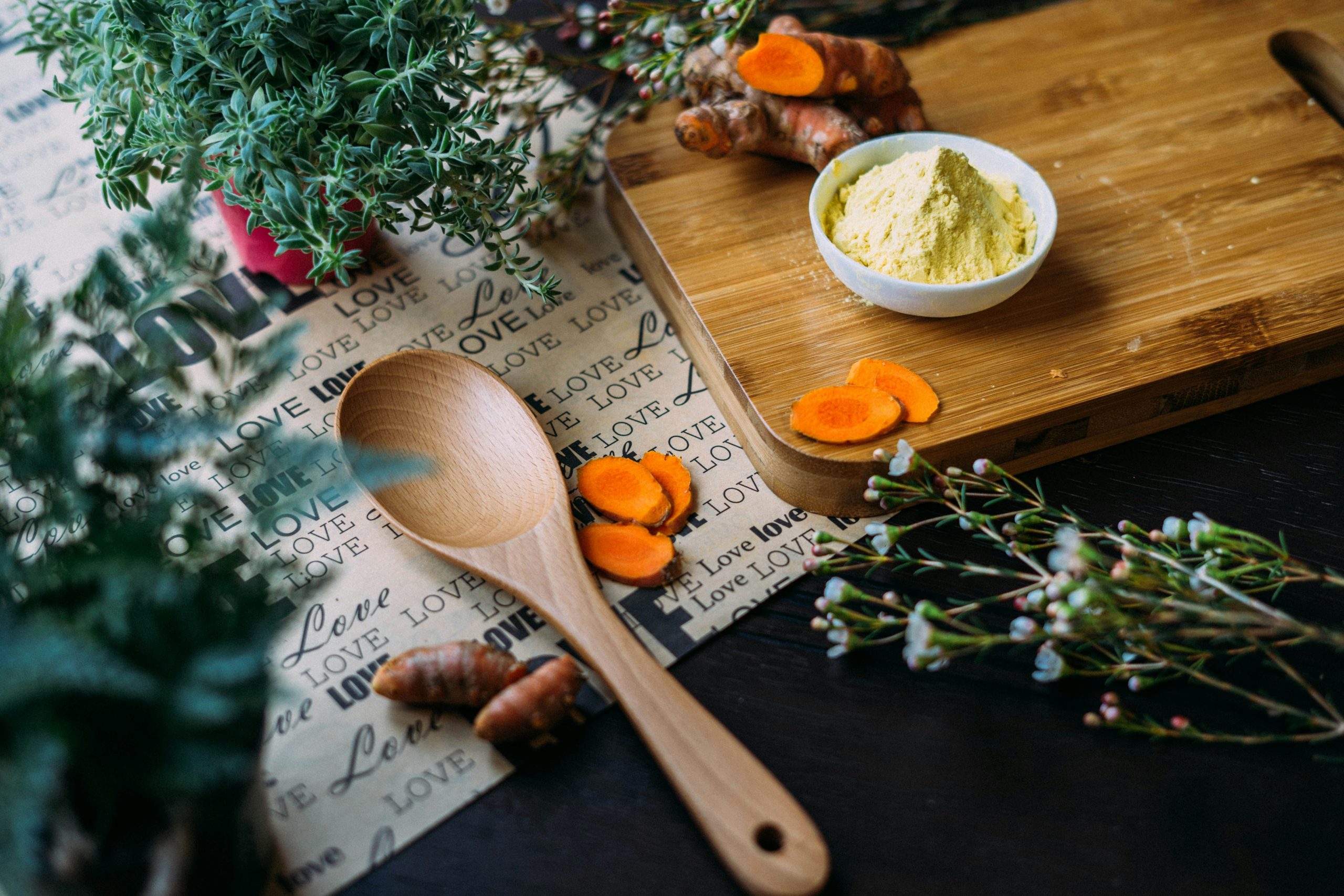
Used in Ayurvedic medicine for centuries, Turmeric is what gives curry that yellow tint, a color that originates from a chemical called curcumin, a powerful antioxidant that helps to reduce inflammation, prevent cancer, amyloid plaque development and more. If there is one spice you do want to include in your diet, this would be it.
Ginger
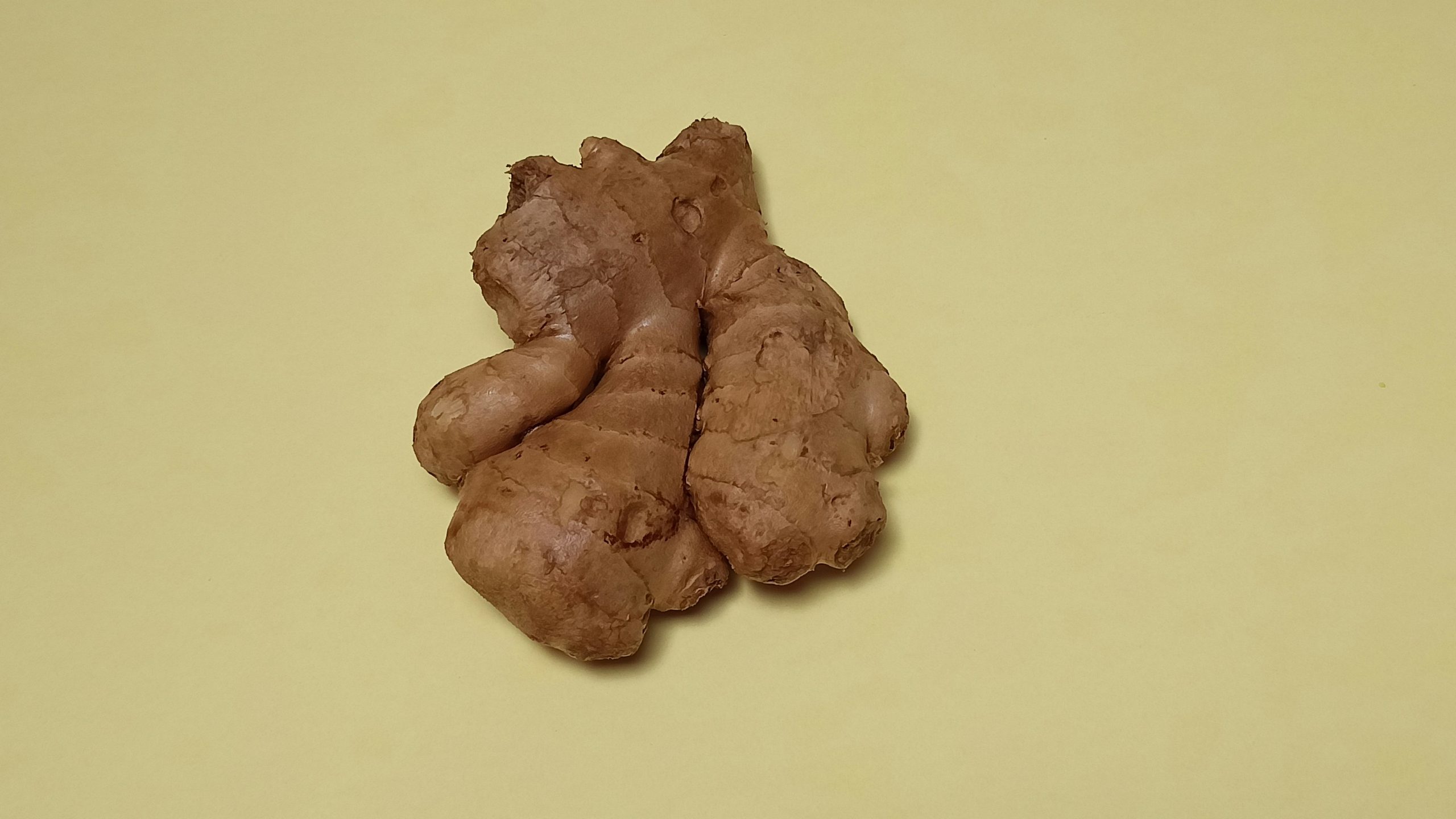
A widely used spice in baked goods and to flavor tea and soup, Ginger has been used by Asian and Indian cultures for thousands of years to help ease nausea. It is a great spice for digestive health, helping to reduce intestinal contractions and neutralizing acids. Studies have also shown ginger can reduce inflammation as well, which may help with arthritis.
Coriander
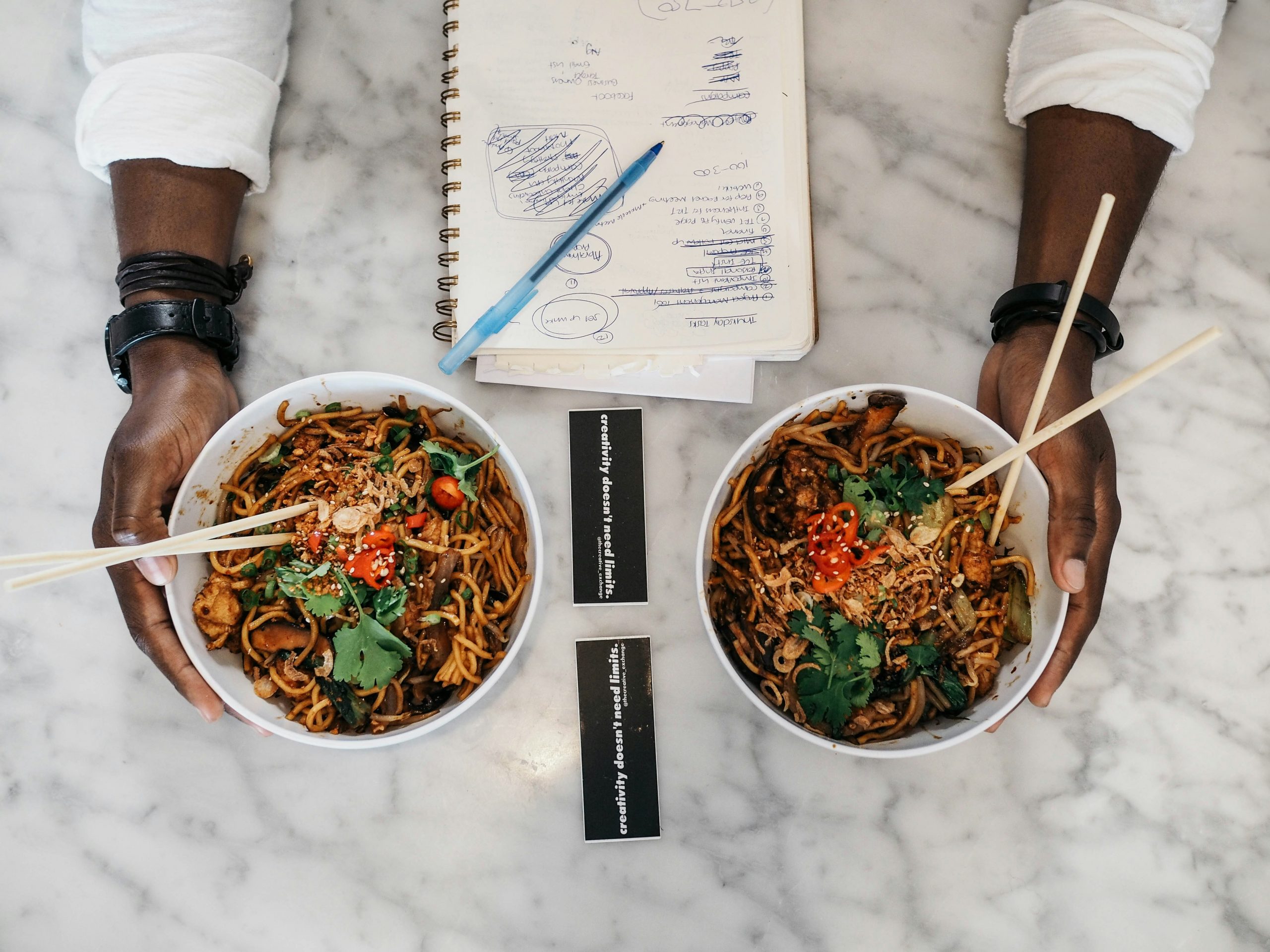
A staple within Mexican, Thai, Vietnamese and Indian cooking, coriander produces two oils, linalool and geranyl acetate, which are antioxidants that can help with irritable bowel syndrome, as it calms intestinal spasms that can lead to diarrhea. Coriander is also being studied for its potential cholesterol-reducing benefits.
Sage
If you’ve ever heard the term, “sage advice,” the reference is a tribute to the spice that millions use within daily food preparation. Sage is known as a memory enhancer and can help improve cognitive functions. The spice has shown to inhibit an enzyme called acetylcholinesterase, which is what many Alzheimer’s prescribed drugs seek to contain. It is thought one of the active ingredients in sage, rosmarinic acid, helps to protect against amyloid peptides, which is believed to contribute to Alzhermer’s.
Rosemary
Another memory spice, one of Rosemary’s active ingredients is rosmarinic acid but it also produces carnosic acid and carnosol. These ingredients are thought to help protect the brain against free-radical damage, protect against amyloid peptides and reduce the risk of stroke.
Saffron
Often called the most expensive spice in the world, saffron threads have to be carefully gathered by hand from crocus flowers. It literally takes 80,000 blue saffron crocus flowers and a quarter million dried stigmas to create on pound of saffron. However, saffron is known as a highly effective antidepressant, with properties similar to Prozac.
Cumin
Cumin is often using in dishes for its aromatic effect, though it is also used to accentuate the sweetness of blander vegetables like carrots or beets. Regardless of its effects on the palette, cumin is enormously beneficial to one’s health: It is helpful to one’s weight loss efforts, decreasing stress, lowering cholesterol, and as an antidiabetic supplement.
Peppermint
Commonly used as a strong flavor agent, peppermint is derived from Europe and Asia, where it was initially used for its profound cooling effect, antibacterial properties, and digestive health. Aside from its original uses, recent research has also proven that peppermint is effective in improving cardiovascular and pulmonary health. Peppermint acts as a bronchodilator, which widens air passages in the lungs, thereby further oxygenating the blood.
Echinacea
Echinacea is native to North and used by native peoples as a curative for the common cold. Now generally proffered in pill form, echinacea is also often mixed with tea. Research has suggested that two chemicals that are present in echinacea, polysaccharides and glycoproteins, consolidate the vitality of one’s immune system. Especially with the advent of flu season, echinacea might prove a useful additive to your daily diet.
Chili Powder
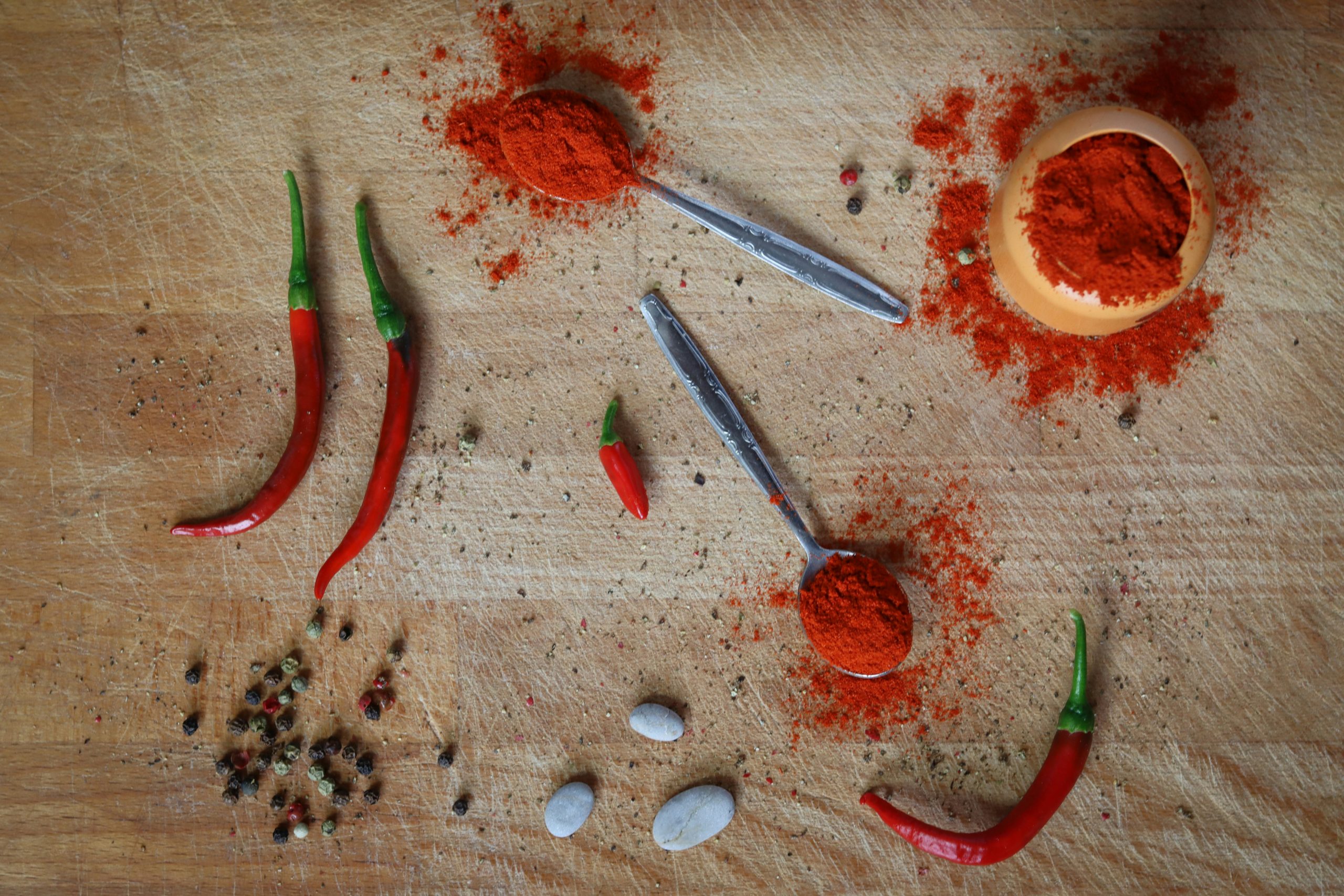
Unexpected addition, yes? Chili powder contains a phytochemical called capsaicin, which is responsible for making chili powder spicy. Capsaicin can help regulate metabolic health, as it triggers beneficial protein changes in the body that are receptive to weight loss. If you’re attempting to cut several pounds, perhaps indulge a little more in chili.
Parsley
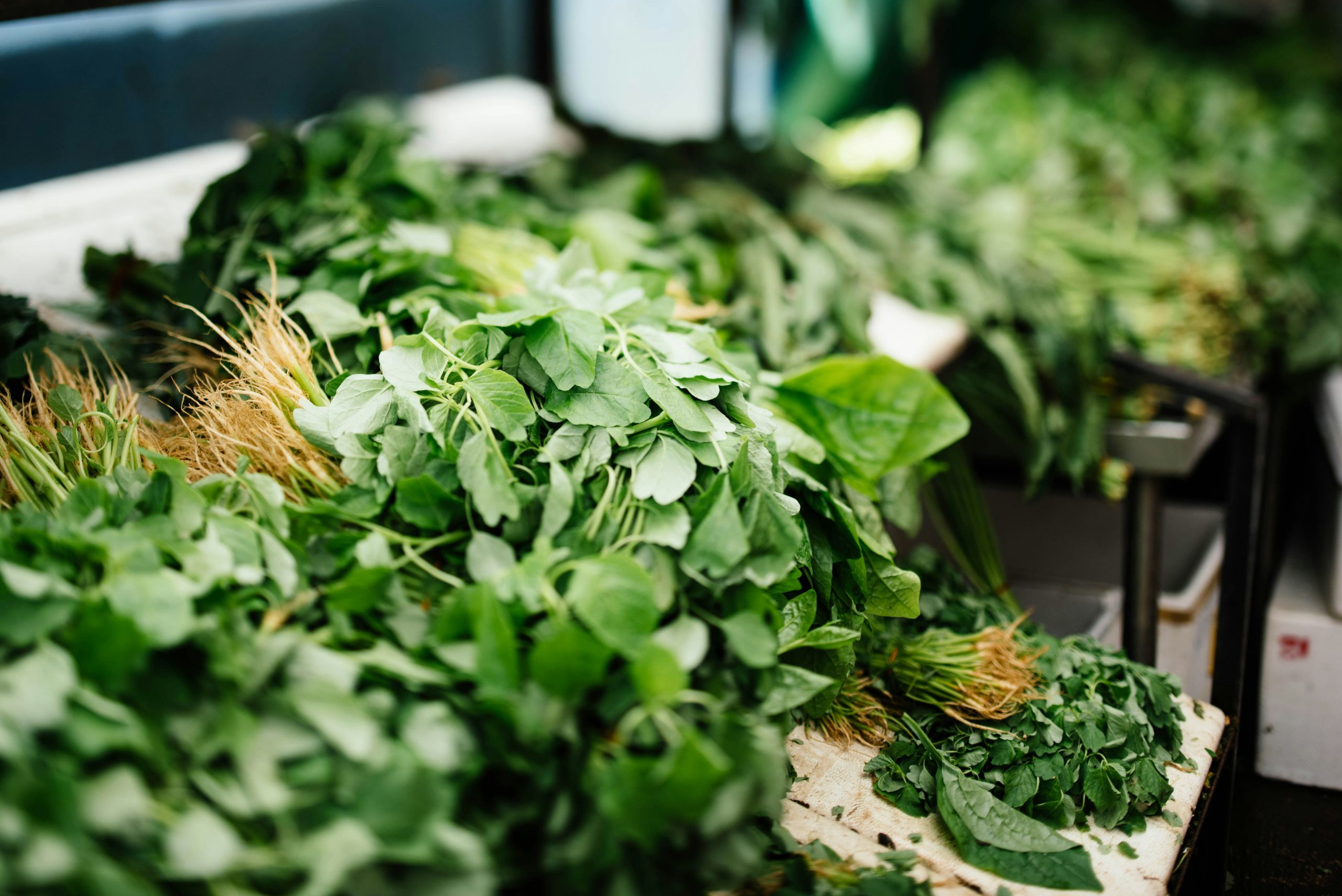
Parsley originated in the Mediterranean region and is a prominent feature in the “Mediterranean diet.” Parsley is flush with antioxidants, carotenoids, and other healthy vitamins that support the immune system. Particularly prevalent in parsley is Vitamin K, an essential supplement for bone health.
This article originally appeared on Wizefind.com, 7 Healing Spices for a Healthier Life.



